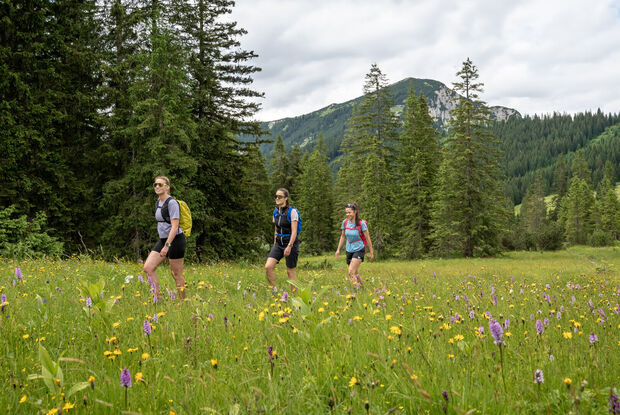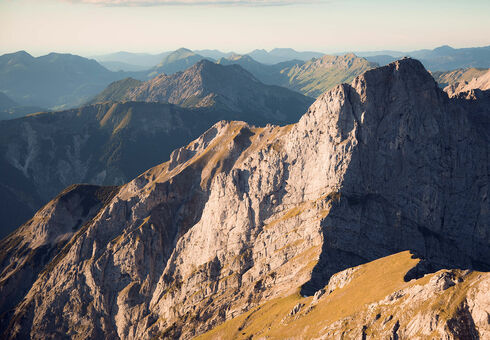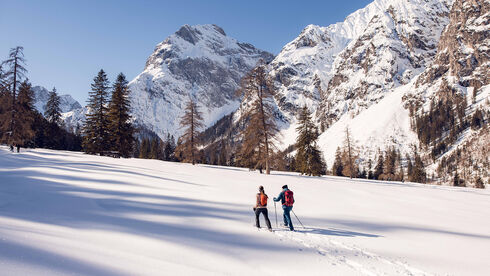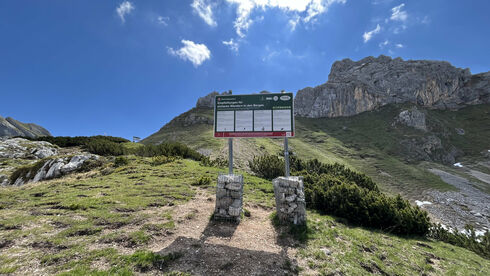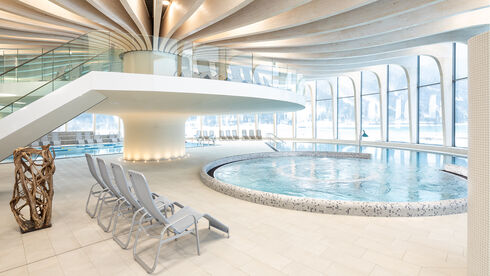We protect what we love
The Nature Park Karwendel has been named Austria's Nature Park of the Year 2020. It protects not only the natural environment but also the cultural heritage that has shaped the landscape for centuries. Together, they form a beautiful symbiosis worth preserving.
The Karwendel, Austria's largest nature park, begins on the western shore of Lake Achensee. Here, bizarre rock formations meet lush green alpine meadows, and rushing torrents flow through small valleys, providing a natural habitat for a variety of animals and plants. To protect this unique landscape, the precursor to today's nature park was established in 1928 and has existed within its current boundaries since 1989. Rather than restricting visitor access, the aim is to promote the coexistence of humans and nature.
The chief steward of this delicate balance is Anton Heufelder, managing director of the nature park. Each year, he and his team undertake numerous projects to protect and revitalise nature, while at the same time providing memorable experiences for visitors. One such project is the restoration of the moors in the Achenwald and Bächental areas. These biotopes in the Karwendel mountains are around 10,000 to 15,000 years old. However, they were drained in the 1960s and 1970s to make the land suitable for forestry and agriculture.
Good to know
Since 2004, an extensive renaturation programme has been underway for the 14 fens and bogs. With support from the Österreichische Bundesforste, larch poles have been used to build dams that help retain water in the soil. As a result, rare plants such as the sundew are returning. Sundews thrive in barren, nutrient-poor areas and are carnivorous, feeding on insects. In addition, peat mosses can absorb up to 30 times their dry mass in water, making them important "retention basins" during heavy rainfall.
Achensee hiking programme
A variety of guided hikes occur every week from Monday to Friday, giving visitors the opportunity to connect with nature and explore the local flora and fauna.
